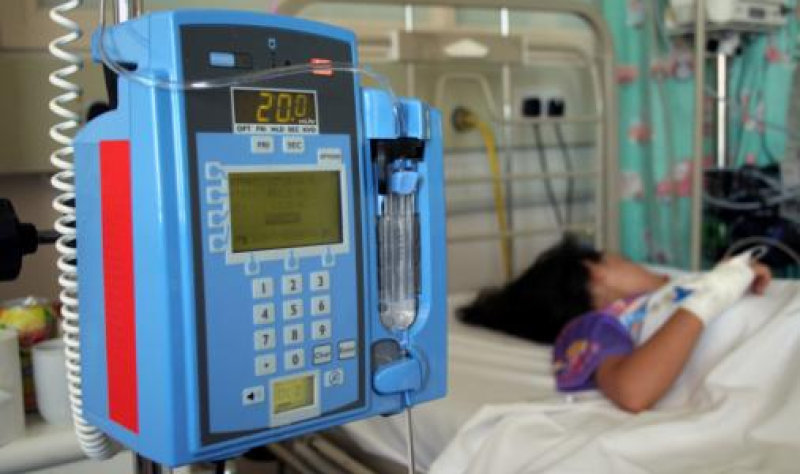The order of pre-COVID chronic conditions may best predict long-COVID risk
The most common disease trajectories involved mental illnesses and neurologic, respiratory, and metabolic or digestive diseases.


A new study predicts that the rate of bloodstream infections (BSIs) caused by drug-resistant bacteria will rise sharply in Europe over the next 5 years, driven primarily by an aging population, researchers reported yesterday in PLOS Medicine.
For the modeling study, a team led by researchers at the London School of Hygiene and Tropical Medicine analyzed data from more than 12 million blood tests for bacterial infections conducted in 29 European countries from 2010 through 2019, then used the data to project BSI incidence rates by age and sex through 2050, fitting the models across 38 bacteria-antibiotic combinations. The study builds on previous work by the team showing that BSI prevalence in Europe is strongly determined by the age and sex of the patient.
“With substantial sub- and national-variation, the consistency and clear shape of some relationships provide evidence for the inclusion of age and sex in any predictions of future AMR [antimicrobial resistance] burden,” the study authors wrote.
Dramatic increase in older age-groups
As with their previous study, the researchers found that the burden of drug-resistant BSIs will vary substantially by country and by drug-bug combination. They also found that BSI rates are predicted to increase more in men than in women across six of eight bacterial species and to increase dramatically in older age-groups (74-plus years) by 2030, while stabilizing or declining in younger groups. Even with strong public health actions, they found that achieving a 10% reduction in BSI incidence by 2030 was only possible for two thirds of the bacteria-antibiotic combinations
Age and sex are still rarely considered in antimicrobial resistance projections, yet they make a real difference to who is most affected.
The authors say AMR modeling studies that don’t account for age and sex may miss a large part of the future burden.
“Age and sex are still rarely considered in antimicrobial resistance projections, yet they make a real difference to who is most affected,” senior study author Gwenan Knight, PhD, said in a journal press release. “Combining these factors with demographic and infection trends really highlighted how challenging it will be to reverse the steady rise in bloodstream infections across Europe.”
Knight and her colleagues add that future intervention strategies should consider who will be most affected by drug-resistant BSIs and how the impact may be mitigated.



